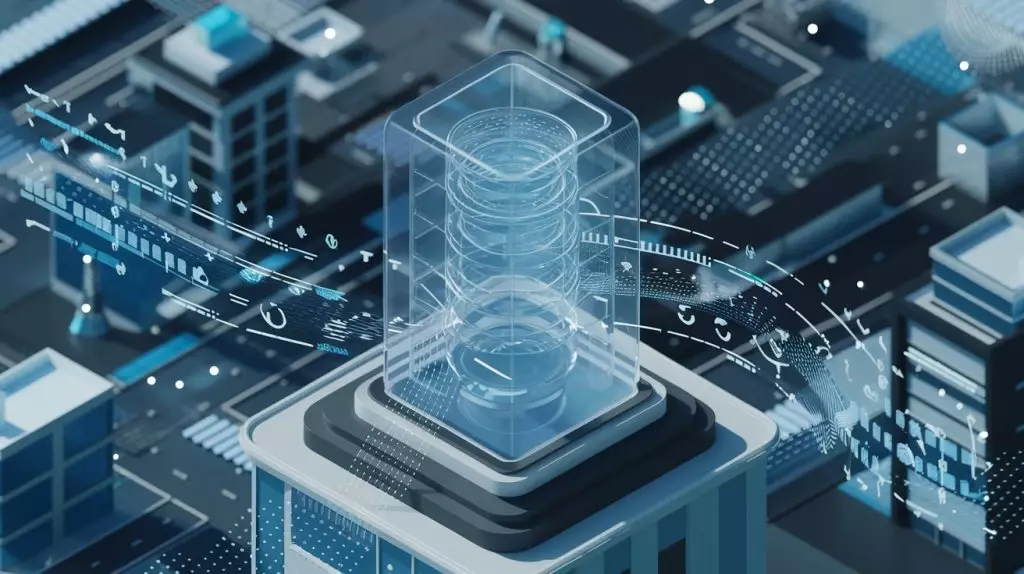In the realm of artificial intelligence (AI), transformer architecture has become the cornerstone upon which numerous cutting-edge models and applications are built. With a remarkable ability to process and generate language, transformers underlie many innovations that enhance tasks including language translation, text generation, and speech recognition. As AI continues its rapid evolution, understanding the mechanics and implications of transformer architecture is crucial. This article will explore what transformers are, how they operate, and their transformative impact on the field of AI.
The introduction of transformer architecture can be traced back to a landmark paper published in 2017 by a team of researchers at Google titled “Attention Is All You Need.” This research changed the trajectory of AI by proposing an encoder-decoder model specifically designed to handle sequential data, primarily for the purpose of language translation. In its essence, the architecture leverages an attention mechanism that allows it to focus on different parts of the input sequence, enhancing its understanding and processing of contextual information.
Soon after, the launch of Bidirectional Encoder Representations from Transformers (BERT) marked a significant step forward in the development of large language models (LLMs). Although BERT is considerably smaller compared to today’s giants like GPT-4 and Claude, its innovations laid the groundwork for subsequent advancements. The ongoing trend of scaling up models—expanding data parameters and increasing context windows—has become a hallmark of model evolution in this era.
At its core, the strength of a transformer lies in its core component: the attention layer. This mechanism enables the model to maintain context over long text sequences—something previous architectures like recurrent neural networks (RNNs) and long short-term memory networks (LSTMs) struggled with due to their inherent limitations in retaining long-term dependencies.
Transformers are structured around two types of attention: self-attention and cross-attention. Self-attention analyzes relationships within the same sequence, while cross-attention connects multiple sequences, facilitating complex tasks like translation. For example, within the execution of language translation, cross-attention allows the model to map the English word “strawberry” to its French counterpart “fraise,” thus enriching the translation process.
Furthermore, the environment that has fostered the growth of transformers—characterized by advanced GPU technology and powerful multi-GPU training software—has also contributed to their scalability. Techniques like quantization and mixture of experts (MoE) push the boundaries of what transformers can achieve, enabling them to operate efficiently despite their large sizes.
Transformers and Their Dominance in Language Models
Currently, transformer models dominate the landscape of large language models and possess a breadth of applications that stretch across industries. Models such as GPT-4o exemplify the potential of transformers in multimodal contexts, merging text, audio, and imagery for a richer user experience. The development of multimodal applications is an exciting frontier that promises to make technology more intuitive and accessible, particularly for individuals with disabilities.
The architecture’s flexibility allows for combinations of encoder and decoder components, making it well-suited for tasks that require sequential processing. Decentralized or decoder-only models like the GPT family exemplify an effective approach for applications such as text generation through its ability to produce novel content following a given input.
As we gaze into the future of AI, the trajectory suggests that transformers will likely continue to be the predominant architecture for diverse applications. However, emerging alternatives like state-space models (SSMs), such as Mamba, have started to make waves. SSMs can effectively process very long data sequences, standing in contrast to the context window limitations that transformers face. This evolution hints that the architecture of AI could expand beyond transformers, diversifying methodologies and enhancing capabilities.
Moreover, the potential for multimodal transformer applications remains one of the most captivating aspects of this technology. The intersection of audio, visual, and text inputs represents a new horizon in user interaction, highlighting the necessity for continued exploration in this domain.
Transformer architecture is pivotal in shaping the future of artificial intelligence. Its unique construction allows for unparalleled efficiency in processing sequences and retaining contextual relevance, fueling the advancement of multimodal models and broader applications. As innovations in computing continue to evolve, the interplay between transformers and emerging technologies carry the promise of unlocking even more possibilities for effective AI solutions. The journey towards a more intelligent and accessible AI landscape is just beginning, and transformers are leading the charge.


Leave a Reply